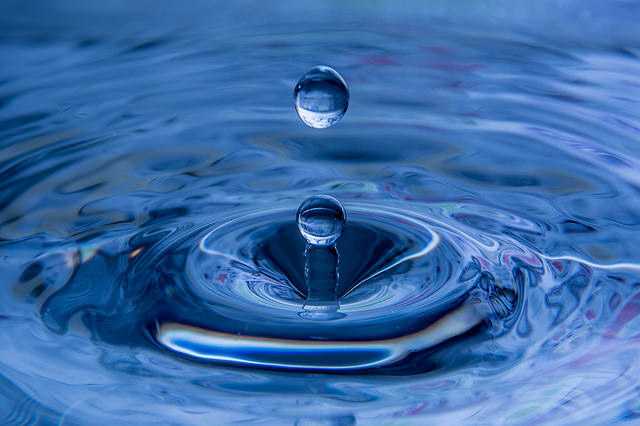
Photo by Slipshod Photog
One of the most vital natural resources on Earth for all life is water. The quality and availability of water have always played an important part in determining not just where people can live, but also their quality of life.
Water has not been always available when and where it’s needed, nor is it always of suitable quality for all uses, even though there has always been plenty of freshwater on our planet.
Water needs to be considered as a finite resource that has boundaries and limits to its suitability and availability for use. This vital resource has a number of different uses and in this article, we’ll discuss all the important uses of water.
1. Households
The average household consumes a lot of water. The average toilet uses about five gallons of water per each flush. Washing machines use about 25 gallons per load. It takes between 30 and 40 gallons for one bath. It takes 20 to 40 gallons of water for one shower. Preparing food and washing dishes may take roughly 20 gallons per day. These numbers are estimated for the average household in the United States. In addition, a lot of our freshwater is also used outdoors for watering lawns, vegetable gardens, flower beds, and washing cars and filling swimming pools. These are the reasons why we must be careful not to pollute the water that we use so much.
2. Cities and towns
Every city and town, whether big or small, use water. They use water for street cleaning, fire fighting, and watering public areas, such as flowers, shrubs, trees, grass, and parks. Water is also used to fill public drinking fountains, including those at libraries and schools. In addition, all of the different businesses in your community use water. Think about all the water which is used by dry cleaners, hotels, hospitals, golf courses, laundries, restaurants, beauty shops, car washes, gas stations, health clubs, barbershops as well as all of the other businesses in town.
3. Farms
A farm requires a tremendous amount of water. Sheep, pigs, chickens, as well as other animals in a farmyard, need drinking water to stay alive. However, when we think of water on a farm, we think of watering crops, because food must be grown for animals to eat, and water is also required in the cooling systems, which are used in order to keep meat production fresh. Grain crops and vegetables also require water. Water is used in spreading pesticides, herbicides, and fertilizers, which produce a greater crop yield, but can also contaminate the water. However, according to studies, farms mostly use water for irrigation.
4. Hydroelectric plants
Hydroelectric plants, which capture the kinetic energy of falling water in order to make electricity, are the largest users of water. They do this with a dam, which forces the water level to go up so that the water will have more power when falling down. The force of the falling water presses the turbines’ blades, causing them to spin. The kinetic energy of the falling water is transmitted to generators by the spinning turbines. The generators spin when the turbines spin, generating electricity that is transmitted on the power lines to our businesses and households. Of all the electricity in the world, about 1/5 is generated by hydroelectric plants.
5. Industry
Water is essential in the industry. It is used to cool hot metal, such as in the production of steel. Water is heated and the steam is used to run machinery. It is an important element in many products, such as cleaners, cosmetics, shampoos, lotions, drugs, chemicals, and also beverages. Water is also used in innumerable factories and industrial processes, including the manufacturing of paper. It is also used in processing food. Water used in processing foods and beverages needs to be absolutely clean. On the other hand, other industries, such as a manufacturing plant, can use a lower quality of water.
6. Transportation
Another way that we use water is transportation. There are many people who use ferries and boats to commute to and from work each day. People also enjoy going sailing or going on cruise ships. Water transportation has been a channel for the growth of the United States.



